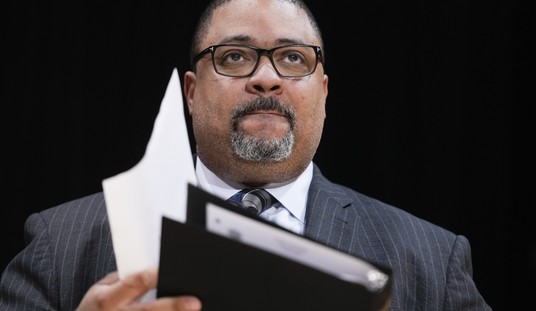I have noticed some wild variations in polling in places like South Dakota, Kentucky, and Georgia. Places that should not be in play seem to be in play.
What makes it so bizarre is that in these states President Obama remains deeply unpopular. The national polling should flow down into state level polling, but it does not seem to be.
In particular, the Georgia polling I am most familiar with is also the most bizarre. Some pollsters have Nunn up, others Perdue. Some have races tied. There is no common trend.
Except there is. I figured it out by what there is not.
If you remember back in 2012, pollsters all established their baselines for partisan turnout. They did so off exit polling from the prior election. The pollsters who did the best rejected the 2010 exit polling partisan composition of the electorate and went with 2008 as the base line.
I remember the conversations about polling from when I was at CNN. The really good pollsters knew that a pollster normally goes back two years and uses that baseline, but 2010 was such a wave and Barack Obama had a lot of black support that turned out for him in 2008, but not for Democrats generally in 2010. If a pollster used 2010, they underestimated black support and the President’s ground game.
So I went looking for exit polling data from 2012. Turns out all the states I have noticed that have wildly fluctuating polls are also states that had no exit polling in 2012. The national consortium decided they did not need to poll those states and could save money.
Alaska, Arkansas, Delaware, District of Columbia, Georgia, Hawaii, Idaho, Kentucky, Louisiana, Nebraska, North Dakota, Oklahoma, Rhode Island, South Carolina, South Dakota, Tennessee, Texas, Utah, West Virginia and Wyoming had no exit polling.
Now, in digging into the Georgia polling, I see why there are so many variations. Some, using outside interest group polling from 2012 that had a high Democratic composition of the electorate, are using a D+8 turnout model. Those, obviously, show Nunn and Carter ahead.
Others are using a modification of 2010, with an increase of black voters as well. The AJC is a good example of this. It has 29% of the electorate as black, but with an R+2 overall make up. Sure enough, the GOP is ahead.
Others still have it at 50-50. And the race is closer, but the GOP is slightly ahead.
That is all Georgia. I suspect the other states are the same. South Dakota and Kentucky in particular have had some wild polling that seems disconnected from national sentiment.
I am no polling expert. But I remember enough of the problems from 2012 and the analysis thereof to wonder if not having a 2012 baseline from the exit polling is making a difference. Pollsters are having a harder time figuring out the composition of the electorate. And, if they use outside surveys from 2012, the only good ones were from left-leaning partisan groups. Their turnout models were well done, but also agenda driven showing more Democrats than actually showed up.
I am willing to be wrong. But I do know for certain that in Georgia the polling has become so wildly irregular because no one knows who will show up and the most cautious pollsters are desperate to not turn into a Rasmussen or Gallup 2012.














Join the conversation as a VIP Member